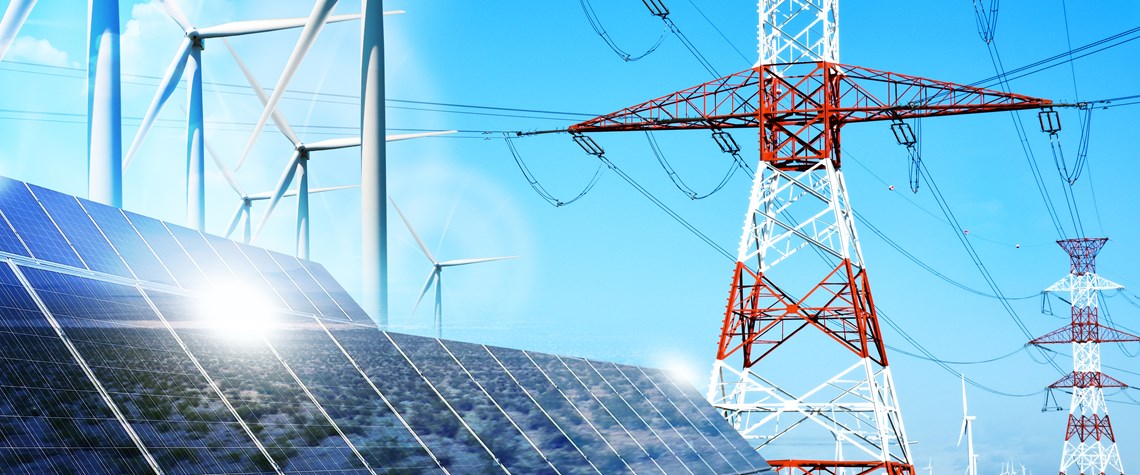The future of renewable energy
Software will be increasingly important to manage renewable power into energy systems
A decade ago, coal and nuclear were the main sources of power, supplemented by gas when grids required extra capacity. Today, all three of these industries remain manual. In many cases, a human presses a physical button for the factory to start. It is a slow process. Since then, renewable energy has increasingly taken market share. While renewables are more technologically advanced forms of power generation, they are ones which could not be controlled to the same extent as coal, nuclear and gas. Now we have an issue; grids are at capacity during peak times. In August 2019, the UK experienced one of its worst ever blackouts and the grid is set to come under greater stress. The country that ha

Also in this section
12 December 2025
The latest edition of our annual Outlook publication, titled 'The shape of energy to come: Creating unique pathways and managing shifting alliances', is available now
12 December 2025
The federal government is working with Alberta to improve the country’s access to Asian markets and reduce dependence on the US, but there are challenges to their plans
11 December 2025
The removal of the ban on oil and gas exploration and an overhaul of the system sends all the right messages for energy security, affordability and sustainability
10 December 2025
The economic and environmental cost of the seven-year exploration ban will be felt long after its removal







